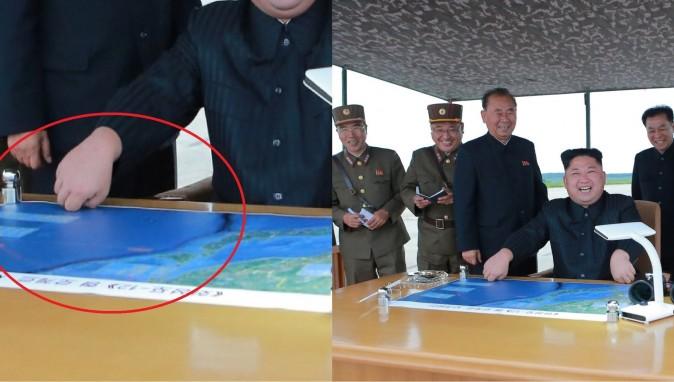The ballistic missile North Korea fired on early Tuesday and flew over Japan might have fallen short of its intended range, based on an analysis of the propaganda photo released by the North Korea state media.
On Tuesday early morning (local time), North Korea launched its Hwasong-12 intermediate-range ballistic missile (IRBM) from near the capital of Pyongyang. The missile flew about 2,700 km (1,677 miles) and crossed the airspace over northern Japan’s Hokkaido island, before crashing into the northwestern Pacific Ocean, according to reports.
Japan, South Korea, the United States, and the UN Security Council all strongly condemned this provocative launch, with its trajectory clearly violating Japan’s airspace. U.S. President Trump also warned on Tuesday that “all options” are on the table in response to this latest aggression.
North Korea publicly hailed the launch as a success, with its state propaganda outlet, the Korean Central News Agency (KCNA) releasing a series of photos showing North Korean dictator Kim Jong-un personally observing the launch from a command post set up near the launch site.





